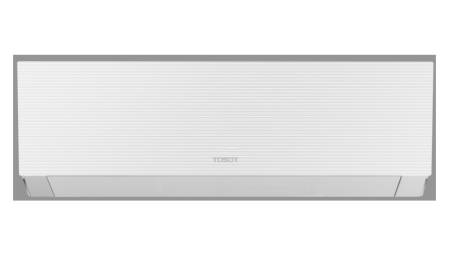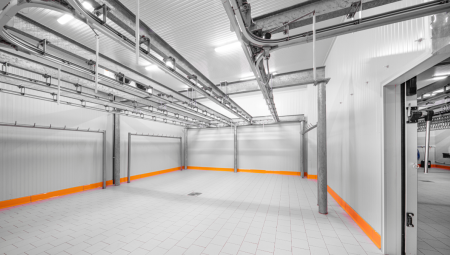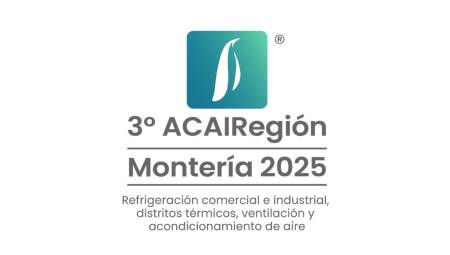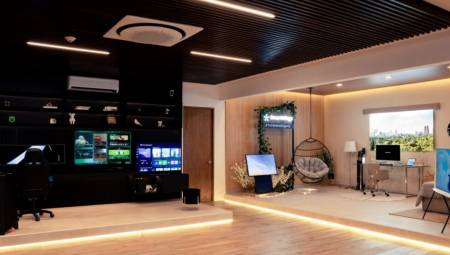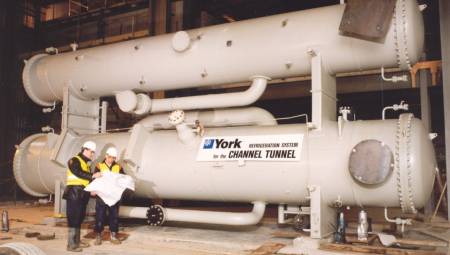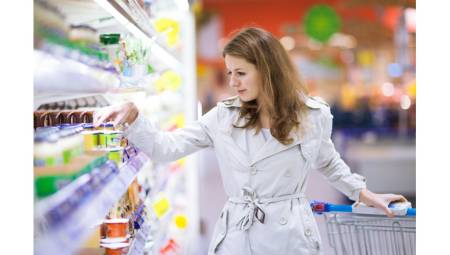By: Ron Bernstein*
Having a specification that allows any system and protocol option leads to a more complex installation, more difficult to implement, commission and maintain. This can be compared to allowing a company's employees to use PCs, Macs, Unix and Linux computers, while allowing them to use Ethernet, ARCNET and Token Ring as networked means of communications and insisting that the IT department must maintain and service all of them. The workload would become unbearable, that's why IT departments typically take a platform and keep it.
It is also recommended to establish a common protocol for the entire infrastructure of the building control system and not to change it. In this way, costs are reduced and maintenance capacity increases. If there is a specific application or subsystem component that is not available in this standard protocol or if there is a specific need to use something alternative, it must be justified and an input (protocol translator) must be identified and specified. However, the above should be the exception, not the norm.
Defining a common system architecture using standard and open methods is important and more appropriate than specifying the "buffet" style that allows anything to be used. An open building automation system enables interoperability where software and hardware from different vendors can communicate and coexist without the use of converters and protocol inputs. There are a variety of open protocols on the market, including one interoperable from Lonmark International. Lonmark is a non-profit association with more than 600 member companies that are manufacturers, designers and system integrators, as well as end users committed to the development, manufacture and use of open and interoperable products and networks.
To be taken into account
A good specification of the automation system will define the requirements for each of the aspects of it. When defining an open specification, there are five elements that need to be defined:
Infrastructure: including protocol, routers, media type, IT connectivity, etc. All of these should be specified based on open standards, not on a specific product. A single infrastructure offers benefits such as reduced construction costs, as well as lower maintenance costs, and also offers improved performance for the entire building.
Devices: These are the controllers on the network that produce, consume or manipulate data and control/monitor the system. In an open architecture, it is possible to use devices from different vendors, since all of them conform to a uniform industry standard such as LON. This means that the system is not determined for a single supplier, allowing the best and most cost-effective equipment to be selected.
This way, suppliers can focus on developing products that focus on their core competency and don't have to develop an entire system. Conversely, an integrator working with open protocol will be able to install a complete system by selecting the most appropriate products from different vendors. Thus, only one integrator is required for the entire system, rather than multiple integrators that can be expensive and cause the isolation of subsystems. An open architecture also makes easy and flexible improvement possible.
The tools: for the management of software and network that configure, commission and maintain the system. Tools need to be able to coexist. Device configuration plugs (modules) have been developed to allow the use of any standard instrument for network management. This makes it possible for vendors to configure their devices with an open tool, meaning that users are free to use equipment from any vendor they choose.
Graphical user interfaces: there are usually visualization instruments that the user or control manager uses to obtain a view of the system. User interfaces allow you to control, monitor, report, alarm, program and diagnose. A workstation offers the means to efficiently and effectively handle operations and also to display and print a graphical representation of the control network. Plus, it offers the same vision and feel to monitor and control, no matter what system or subsystem an operator is visualizing. As a result, system operators only need to be able to handle a user interface well.
Business connectivity: is the method of connecting the building control network to the data network (known as the LON-LAN-WAN architecture). This ensures that the control system becomes an element of all data sources available to the company. Open interfaces have been developed to ensure that data communication between the LON (building control network) and the LAN (local area network) is accessible by a provider. To provide this connectivity, enterprise-level infrastructure devices are needed and must be specified as open.
Based on this summary, it is widely suggested to limit the specification of the main system to only one methodology for communication. To ensure a truly open system, the five elements of the system must also be open. This means that each element must be interoperable and both training and maintenance must be specified as open; in other words, they are not confined to a system service provider.
Obviously, this assumes that there is a desire to reduce costs and improve flexibility, offer the option to choose the best system integrator and allow an open connection both in the initial installation and in the long-term service contract. For more information on the open system architecture and lonmark interoperable open systems, visit Lonmark International's website: www.lonmark.org.
* Executive Director, Lonmark International


